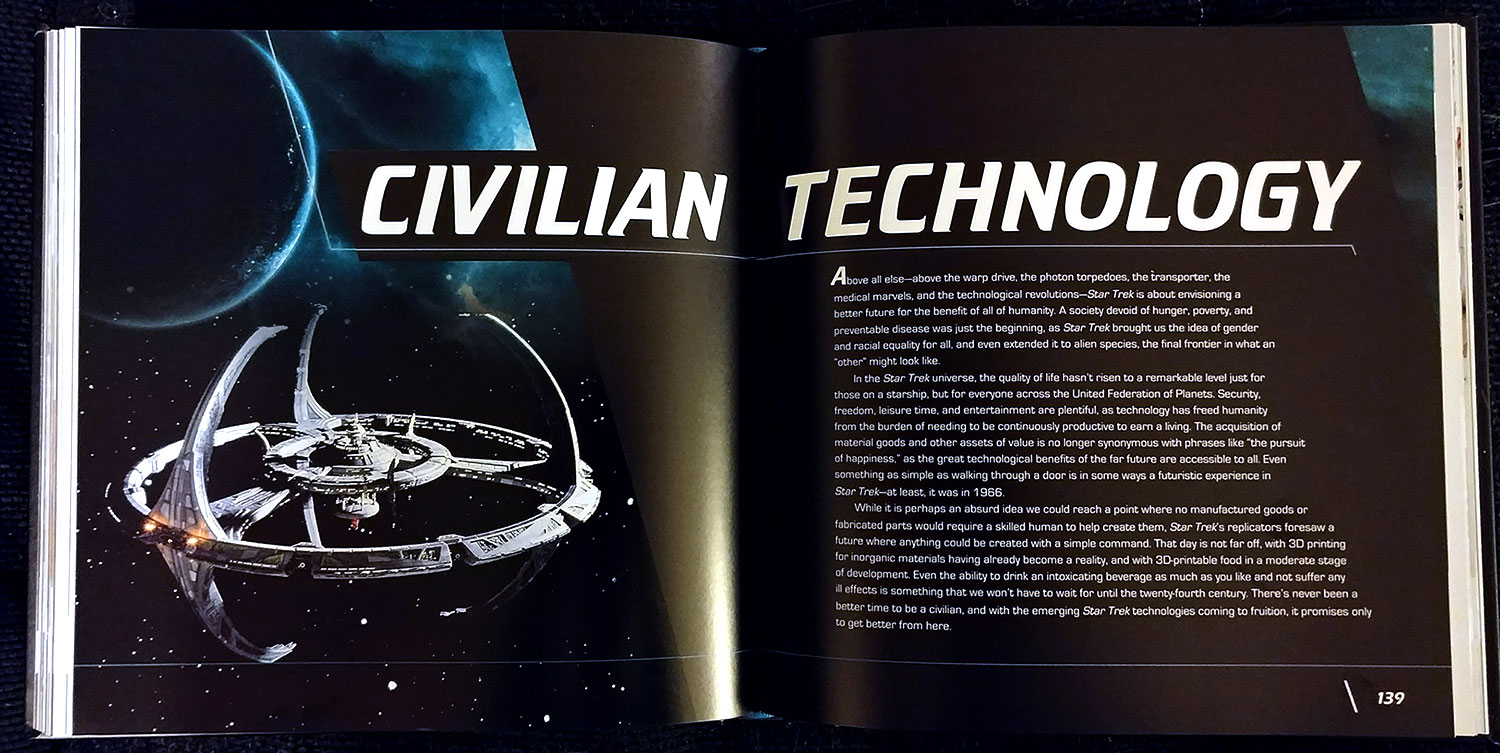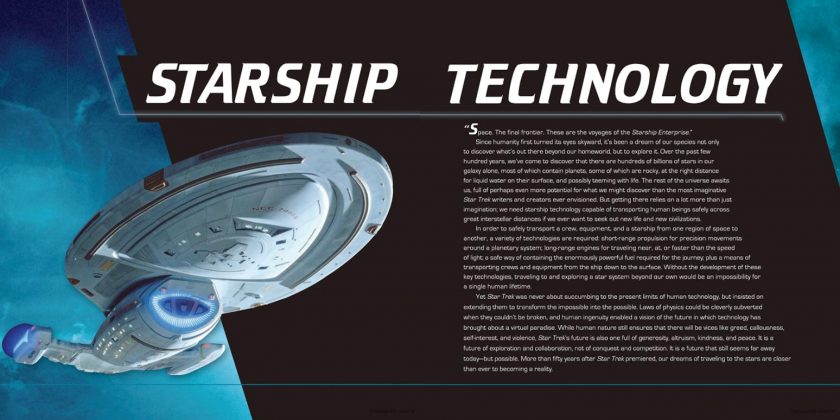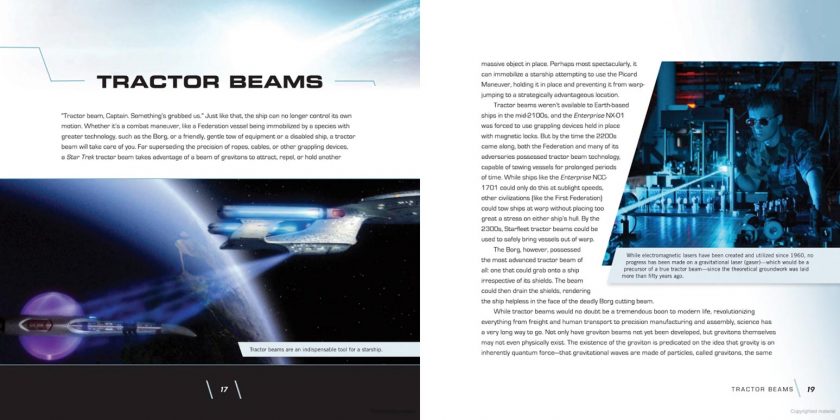If you’re like me, half the fun of watching an episode of Star Trek for the nth time is the discussion that happens during or after: How well would a universal translator really work? What’s up with synthehol? How much of the infamous technobabble is rooted in real science? How close are we to making the fictional technology of Star Trek a reality?
Astrophysicist and science writer Ethan Siegel ponders these questions and many others in his new book, Star Trek Treknology: The Science of Star Trek from Tricorders to Warp Drive.
Quite a few books have been written over the years about the science and technology of Star Trek. Most of them address the science of Trek in one of two ways, focusing either on how consistent (or not) the science of the Federation is with real science, or on how a Starfleet ship would work from a fictional in-universe perspective.
Think Lawrence Krauss’ The Physics of Star Trek for the former, and Rick Sternbach and Mike Okuda’s Star Trek: The Next Generation Technical Manual for the latter.
Ethan Siegel’s Treknology starts off feeling a lot like an updated version of The Physics of Star Trek, covering the familiar ground of the oft-discussed warp drive and transporters. However, Siegel’s book quickly comes into its own once it begins looking at science and technology that isn’t talked about as often. I was surprised and delighted to see that unexpected bits of Trek science such as synthehol, hyposprays, the universal translator, and transparent aluminum – yes, transparent aluminum! – get their own sections.
Treknology also does something else different from existing books about the science and technology of Star Trek: it spends a lot of time discussing the current state of science and technology, and how we might eventually make Trek’s technology a reality. This, ultimately, is the core of Treknology.
It’s not just a book about real science or Star Trek science, but about if, how, and when those two things can become one and the same. The most interesting sections of Treknology are those that extend beyond the basic science and explain how that science is being applied in the real world.
The book itself is beautiful. It’s printed on glossy paper and is large enough to give the 150 full-color photos, stills, and diagrams room to be seen, though not so large as to veer into coffee table book territory. Though plenty of real estate is given to the images, Treknology doesn’t trade pictures for written content; there’s still a lot of text on the 216 pages of the book.
Since I’m not a trained scientist, I can’t comment on the accuracy of the science in Treknology, though I have no reason to question it. I do, however, consider myself to be a trained Trekkie, so I’ll comment on the Star Trek. In the hundred or so references to specific characters, ships, and incidents, I noticed just one minor error (Reginald Barclay’s rank while aboard the Enterprise-D is listed as ensign instead of lieutenant).
I think even Captain Jellico would be okay with that efficiency rating. Both the Kelvin and Prime timelines are mentioned, and all canon series are referenced, with the understandable exception of Discovery.
Overall, Treknology is a fun, informative read written by someone who is clearly as passionate and knowledgeable about science as he is Star Trek. If you’ve never read any books about the science or technology of Star Trek, Treknology is a great place to start.
If you have read any of the other Star Trek science books out there and are wondering if Treknology brings anything new to the discussion, the answer is a definite yes!
![]()
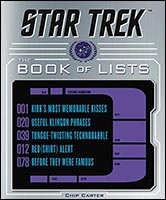 | Order Star Trek:The Book of Lists! | 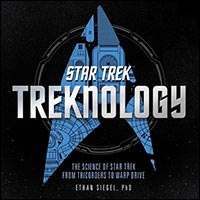 | Order Star Trek:Treknology today! |
|---|


